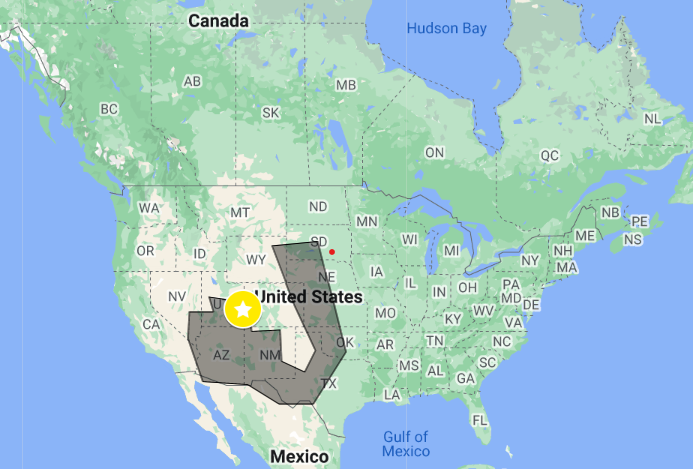Grandchildren Strewn Across the West
Sand Sagebrush (Artemisia filifolia)
Dappled across the yard at 270 Pope Lane, Artemisia Filifolia’s, feathery fronds are rustled by the blustery, September wind. Their seeds are nestled securely within the hundreds of flower heads restlessly waiting to unfurl in the last wisps of fall warmth. The slightest hint of buttery yellow petals peaking out. Their silvery green leaves shine against the red soil blown off the sandstone hills that erupt out of the valley floor on either side. Below the surface a long sturdy tap root weaves its way down through duff, sediment and rocks searching for hidden moisture. This root allows Filifolia to thrive in arid regions, not depending on precipitation to dampen the soil. It has adapted to sustain itself in sandy soils where water seeps through quickly, coming to rest deep underground. Once discovered, water will be drawn upwards and distributed near the surface where a network of smaller roots will absorb it for use. This taproot gently anticipates being needed as drip irrigation satisfies its upstairs neighbors.
Once, Artemisia Filifolia swathed the valley floor, a sagebrush sea, fortifying the landscape; welcoming the company of forbs and grasses in their shadows. Filifolia need each other. Generations standing side by side nurture one another. Young sprouts bounce to life in the pockets of light left between the shadows of their elders, learning the way of life in the steppe. How to find water, when to flower and seed, when to release their vibrant musky scent in the air, when to hold it in. This coterie of neighbors supplemented the diet and habitat of over 350 species. Today, at 270 Pope Lane, Filifolia is sparse in comparison. They stand, stoic, filling in gaps and affording a pastel backdrop to the cheerful faces of purple aster and the warm yellow glow of broom snakeweed. Estranged from their community they concede to embosom the light sandy soil dusted upon the five acres of 270 Pope Lane as wind and water battle to carry it away.
When winter fades and the warmth of the sun can be felt again on their hardily delicate leaves, new growth will begin to emerge. These leaves however will not be like those that were nibbled on throughout the winter. They will be freshly pungent, brimming with chemistry to produce a defense against any creatures venturing for an early spring snack. They have developed chemicals in their leaves to be toxic to unlucky browsers. Only a few species have adapted along with Filifolia, passing by their defense mechanisms. In The Sagebrush Sea, Filifolia would have been called on throughout the seasons by an eclectic mix of creatures. Sage grouse would nest and rear their young in the throws of the thin woody stocks, and indulge in the tender spring leaves. Pygmy rabbits would burrow in abandoned prairie dog holes concealed from predators above. And nearly a hundred species of birds would stop to satiate on their migratory path. But now scattered this way, Artemisia Filifolia cannot cultivate the lives of their dependents in the way they once did. Species that call The Sagebrush Sea home can’t visit 270 Pope Lane. While Fililolia add a diversity of food and habitat to the curated garden, it does not replicate the five acres of carpet sagebrush habitat obligate species would need to survive. Omnipresent as it is, sprawling alongside highways and over hills, it is hard to imagine that over the last fifty years, fifty percent of this Sagebrush Sea has disappeared, fragmented with the development of settlements and roads weaving across the West.
As fall winds grow colder and blow in flurries of snow, Artemisia Filifolia will create a canopy protecting a pocket of warmth on the ground. Birds and other small creatures will find refuge here from the bitter elements. Their leaves will withstand the cold and provide essential sustenance for any beings hunkering down for the winter. They have learned from their grandmothers how to nurture a home. Though they are separated in time and space, their memories live on in the seeds planted here by caring hands. These hands mingled in a bit of their own mothering wisdom coaxing each new sprout to grow. Now, seasons later what were a few small sprouts have grown to a community strewn across the yard. Like they have each year at the end of fall, the seeds hunkering inside those buttery yellow flowers will find passage to new resting spots in gracious animal hosts.
By Mosley Lerner


